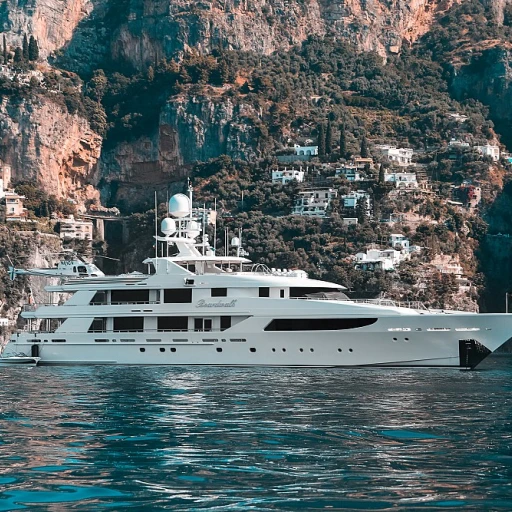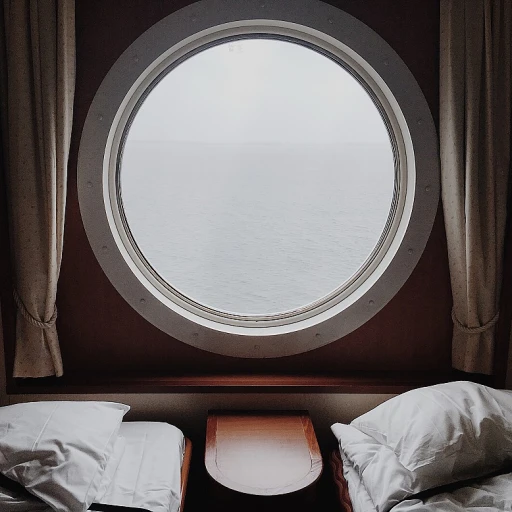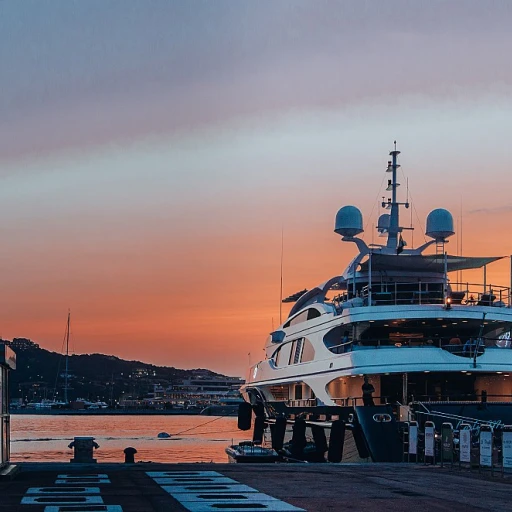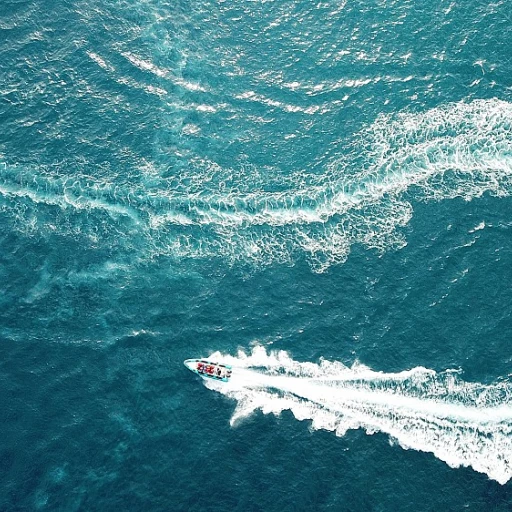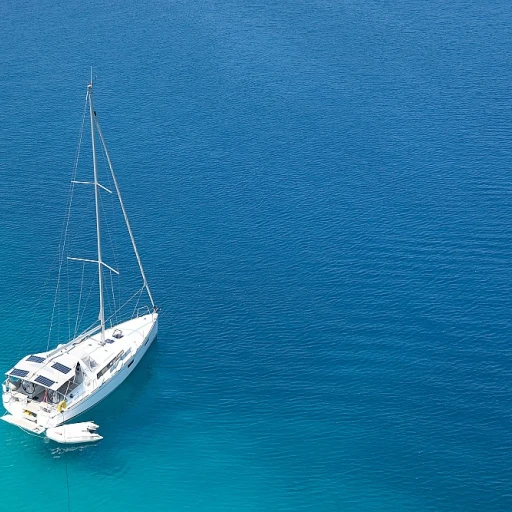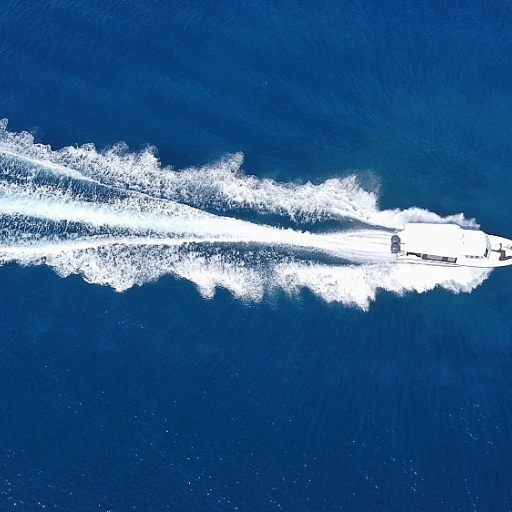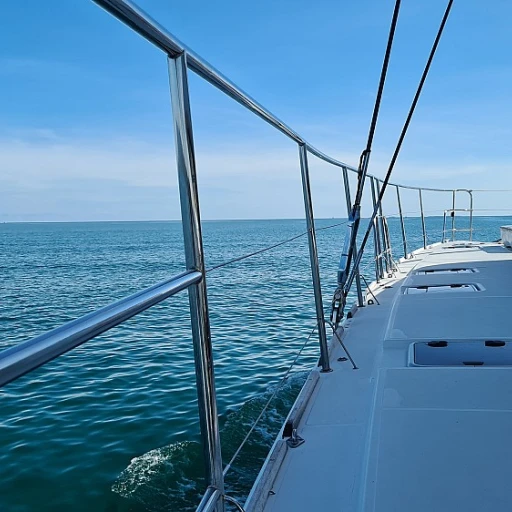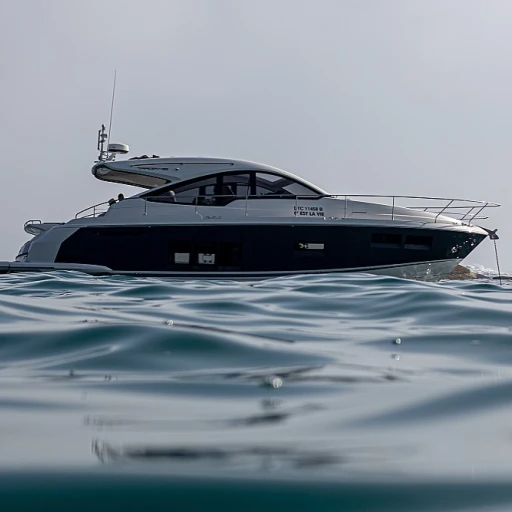Understanding the Role of Boat Bumpers
{"": "Purpose and Significance of Boat Bumpers","
": "Boats are not only a mode of transportation but a significant investment, and protecting them from damage during docking or mooring is essential. This is where boat bumpers, often referred to as fenders, come into play. These accessories are designed to prevent costly repairs by absorbing the impact that occurs when a boat comes into contact with a dock or another vessel.\n\nWhen exploring the various fender options available, it's crucial to understand that different materials and designs cater to specific needs, ensuring that your yacht remains damage-free. The right fender choice can make a significant difference in safeguarding the vessel's hull and maintaining its aesthetic appeal.\n\nWith a wide range of bumpers fit for various types of boats, from a bass boat to a pontoon boat, understanding their role becomes imperative before diving into more advanced topics. These products vary in price and style, with options from brands like Kemimoto and Taylor displaying different protective capabilities. For instance, Taylor products offer a fenders pack specifically designed for blue water cruising, while Kemimoto boat bumpers are renowned for their durability and ease of use.\n\nUltimately, the role of boat bumpers extends beyond mere protection; they contribute to the overall functionality of your yacht, ensuring seamless docking and improved harmony among other boat accessories."}The Rise of Compact Boat Bumpers
The Emergence of More Efficient Fenders
Recently, there has been a clear shift towards compact boat fenders in the world of marine accessories. This trend is primarily driven by a need for more efficient boat docking solutions, particularly for those with limited space. Whether you're docking a bass boat or a hefty pontoon boat, the introduction of smaller fenders promises easy storage and functionality without compromising on protection.
Compact bumpers are designed to fit a variety of boat styles, from the sleek jon boat to the larger pontoon boat. This versatility makes them an appealing option for boat owners looking to upgrade their docking setup. These innovative products are available in various colors, such as blue and black, allowing for easy integration with existing yacht aesthetics.
Manufacturers like Kemimoto and Taylor Products offer diverse options that cater to different preferences and price points. While some might find a higher unit price for premium fenders reasonable, others may seek budget-friendly options without compromising quality. Many of these boating accessories also come in convenient fenders pack sizes, making shopping for your next docking session a breeze.
As the boating industry continues to innovate, the choice to invest in compact boat fenders means not only economizing space but also heightening the level of vessel protection. Opting for such efficient accessories can ultimately enhance your boating experience and safeguard your craft against the unpredictable forces of nature. Consider exploring how you can further enhance your boating experience with well-crafted products available on the market today.
Materials and Design Innovations
Materials and Innovative Designs for Modern Solutions
The yacht industry is witnessing a transformative era in the development of boat fenders, with an emphasis on innovation in materials and design. This evolution caters to the specific needs of yacht enthusiasts seeking both functionality and aesthetical appeal. Modern boat fenders, such as those available from reputable brands like Taylor and Kemimoto, incorporate advanced materials that offer superior durability and protection. These materials are resistant to harsh marine environments, enhancing their performance and longevity. The use of high-density polyethylene and marine-grade vinyl are popular due to their ability to withstand UV exposure and saltwater corrosion. Furthermore, these fenders are designed to maintain their form and functionality even after extensive use. In addition to material innovations, the design of boat bumpers has evolved to meet the diverse requirements of various boat types, ranging from flat boats to pontoon boats. With the availability of fenders in different shapes and sizes, choosing the right fender becomes crucial to ensuring optimal protection and ease of docking. Compact designs allow for easier storage without compromising on effectiveness, making them an ideal choice for those with limited space. Color options such as blue and black not only offer aesthetic versatility but also allow boat owners to match the fenders with their vessel's exterior, seamlessly integrating with the yacht's overall look. Some brands offer a complete fenders pack that includes necessary accessories for installation, providing a comprehensive docking solution. As yacht owners explore various docking scenarios, it is essential to consider how the bumpers fit different boat models. The growing trend of compact fenders reflects an increased awareness within the community of the importance of using adaptable and resistant shielding methods. When shopping for these products, take note of factors such as unit price, shipping considerations, and product availability, as they can influence the overall investment. For those navigating the complexities of yacht maintenance, understanding the intricacies of available materials and designs is key to enhancing both utility and appeal. For further insight into related marine innovation, consider exploring fuel connectors in outboard engines as they similarly embrace progress and adaptability.Choosing the Right Size and Type
Decoding the Selection Process for Optimal Fenders
When it comes to picking the right boat bumpers for your vessel, understanding the diverse options available can help you make an informed choice. Boat fenders are critical accessories ensuring your pride and joy is safe during docking and mooring. This decision involves several considerations, from size and type to materials and design, discussed in earlier sections.
Firstly, consider the type of boat you own. Whether you have a bass boat, pontoon boat, or a flat boat like a jon boat, the fender or bumper needs to be compatible with your particular craft. For example, fenders specifically designed for a pontoon boat may not be suitable for a bass boat. It's important that the bumpers fit snugly and offer ample protection.
Size Matters: The size of the boat bumper you choose will greatly depend on the size and design of your boat dock. Larger boats may require more robust fender solutions, whereas compact bumpers could suffice for smaller vessels. Don't forget to consider the height of your boat relative to the dock, as this will affect the placement of the fenders.
- Classification of Fenders: Standard options like cylindrical and spherical fenders are widely available. Products such as Kemimoto or Taylor products often offer a range of fenders suitable for different needs.
- Material and Design: Opt for durable materials like marine-grade PVC or reinforced vinyl, which provide substantial impact resistance.
- Color Choices: While traditional black and blue fenders are popular, the market offers various colors ensuring your yacht maintains its aesthetics.
Next, evaluate the unit price and whether the fenders are sold individually or as a package. Often, purchasing a fenders pack can be cost-effective, as shipping might be reduced compared to buying individual pieces. However, it’s crucial to view product details carefully to understand the total investment required.
Lastly, consider the ease of relocating and adjusting the bumpers. Flexibility is key when securing your boat at varying dock types. As we transitioned into compact solutions in earlier sections, ease of use has been emphasized. Always shop products from reputed brands to ensure long-lasting protection for your yacht.
Installation and Maintenance Tips
Practical Tips for Setting Up and Maintaining Your Fenders
Proper installation and maintenance of boat fenders significantly contribute to effective docking and safeguarding your yacht's exterior. When setting up fenders, ensure that they are positioned at the most likely points of contact, such as along the hull line of your boat. Here's a brief guide to get you started:- Secure Attachment: Use sturdy rope or bungee cords to attach the bumpers securely to the cleats or rails. A proper attachment ensures that the fenders remain in place even in rough waters.
- Height Adjustment: Before closing in on a dock, confirm that the fenders are adjusted to the right height. This usually involves having them hang slightly above the waterline. Boat bumpers should align with the dock edge to absorb any impact.
- Spacing Considerations: Depending on the type of your yacht, the number of fenders you require may vary. Generally, placing a fender every 6 to 10 feet is advisable. Brands like Kemimoto and Taylor offer diverse options, from pontoon boats to jon boats, to accommodate different yacht requirements.
- Regular Cleaning: Maintain your fenders' appearance by washing them with soap and water regularly. Keeping them clean prevents grime buildup, which can lead to unnecessary wear.
- Inspect for Wear and Tear: Check your boat bumpers for any signs of damage, such as splits or abrasions. Replacing worn-out fenders on time is critical to maintaining full protection. Ensure that the wear on option points such as the ropes or straps is minimal.

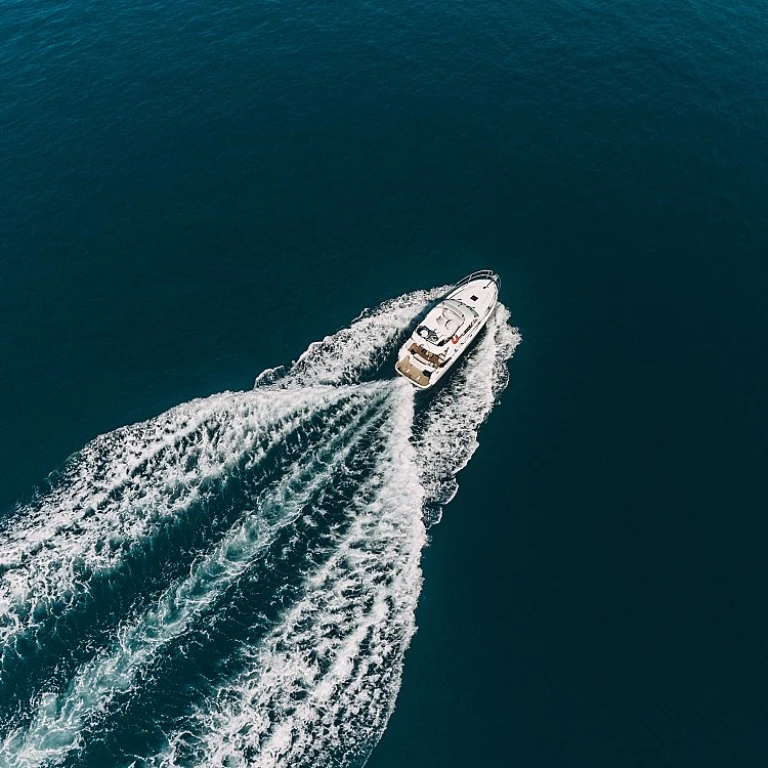
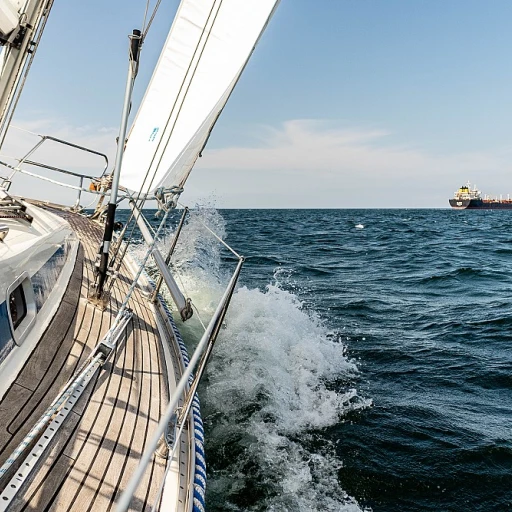
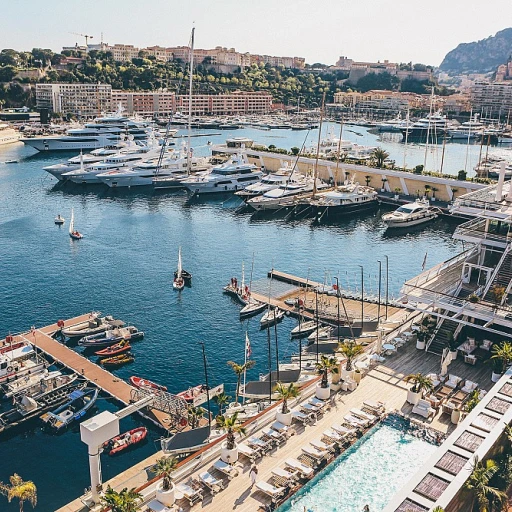
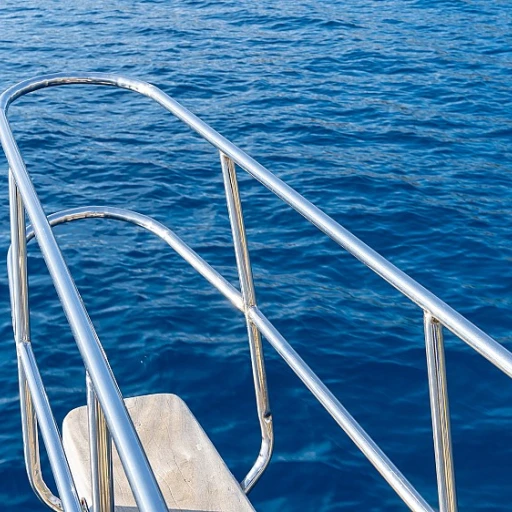
-large-teaser.webp)
